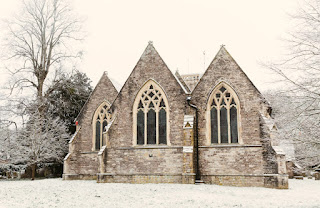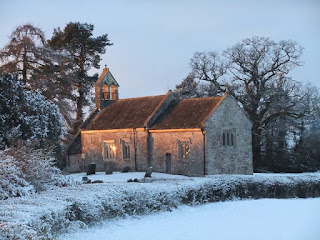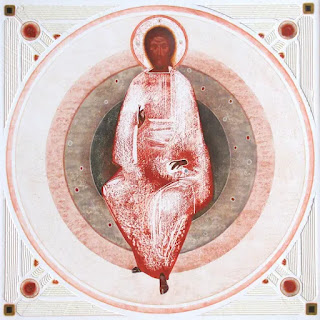'More acceptable on its account': the second Lord's Prayer at Matins and Evensong

Continuing with extracts from John Shepherd's A Critical and Practical Elucidation of the Morning and Evening Prayer of the Church of England (1796), we consider the second Lord's Prayer at Matins and Evensong: When it was repeated in the beginning of the service, it was more particularly applied for the confirmation of our pardon, and absolution. Here it has respect to the following prayers, which we have reason to presume will be more acceptable on its account. And if on the former occasion we did not offer any petition with suitable earnestness, we have now an opportunity of compensating for the omission, by asking with greater fervency, what was too slightly passed over before. The reasons Shepherd provides for this second offering of the Lord's Prayer are useful reminders of why the practice has value. The first and second Lord's Prayer at Matins and Evensong have different functions, with this second use framing the offering of prayer and intercession at this s...

















